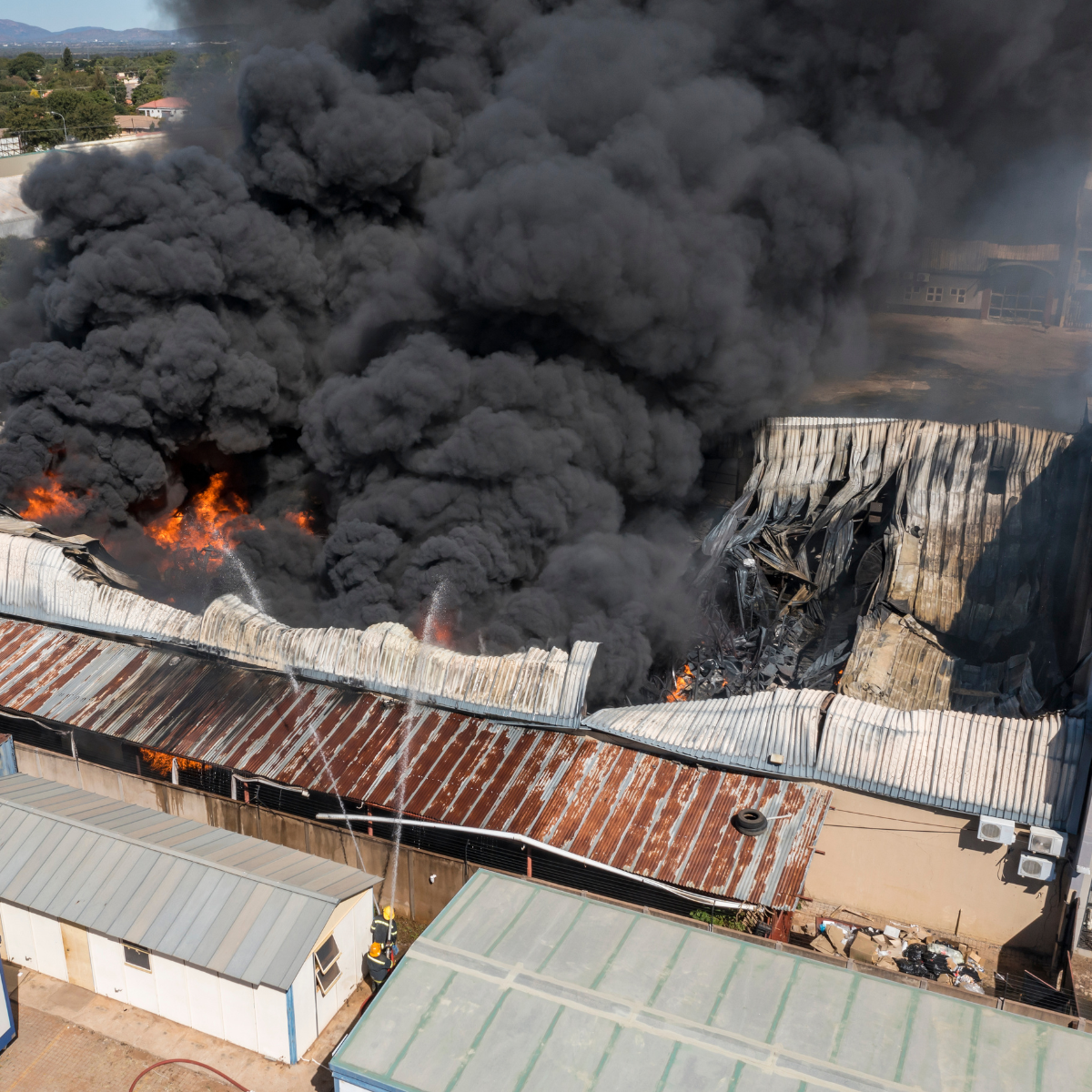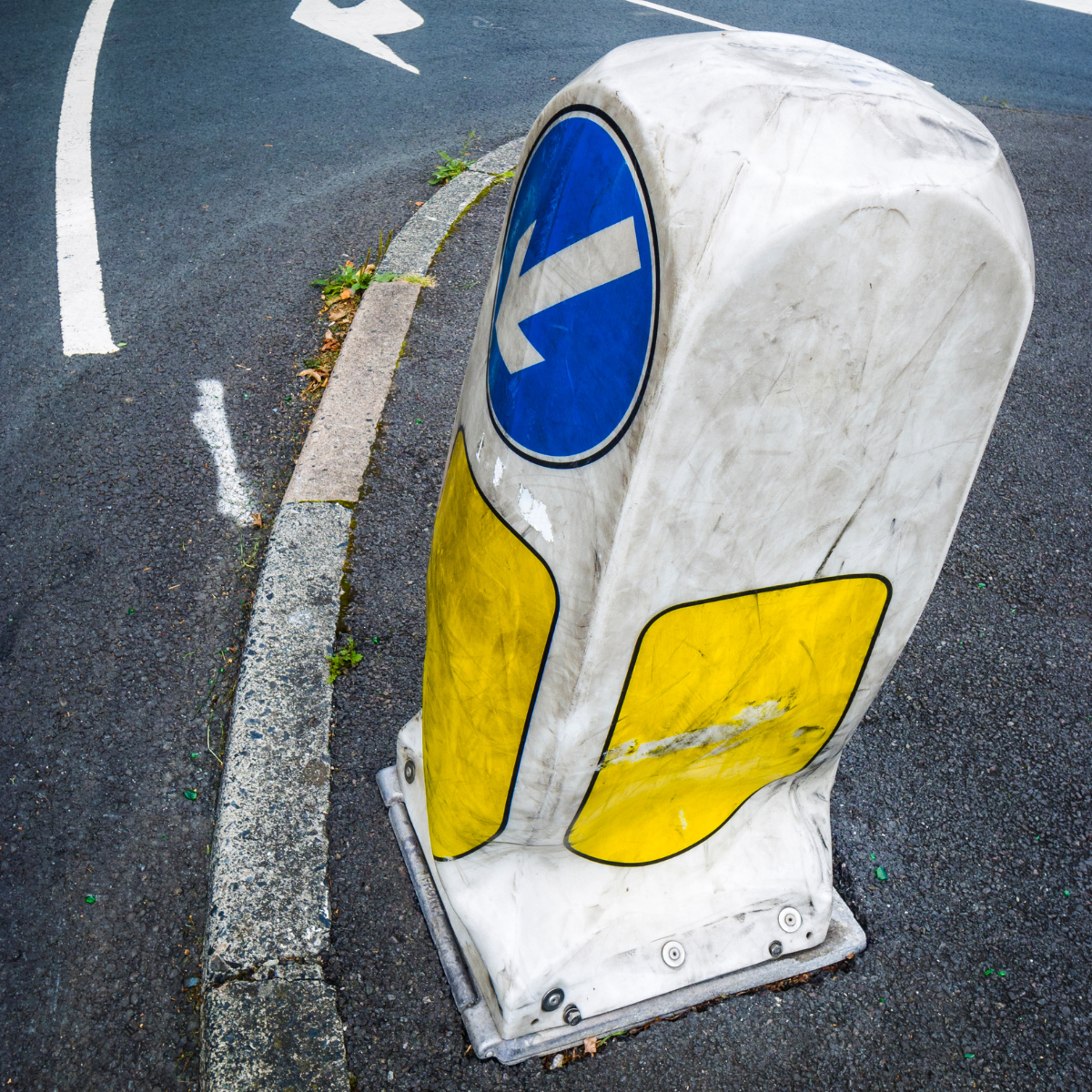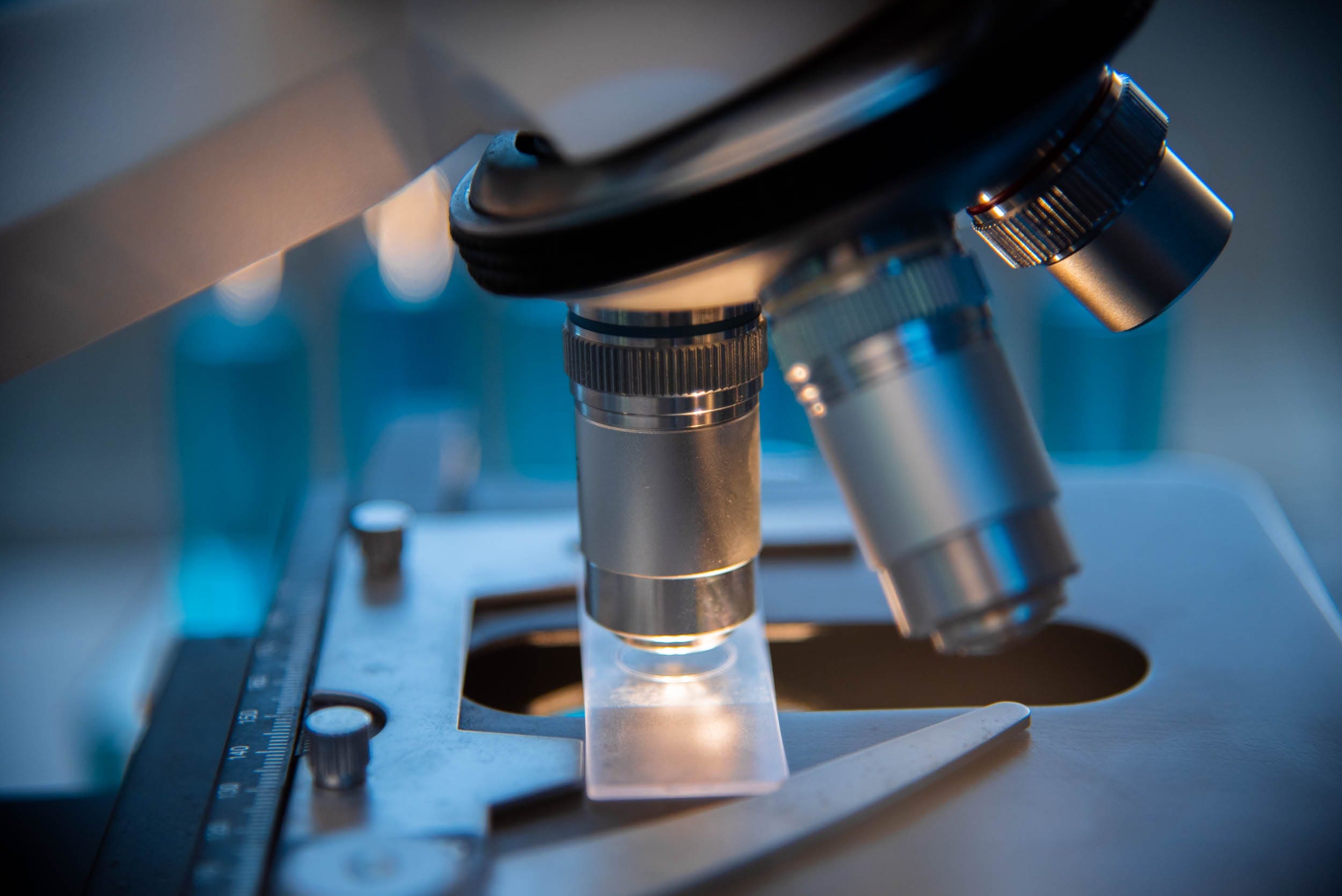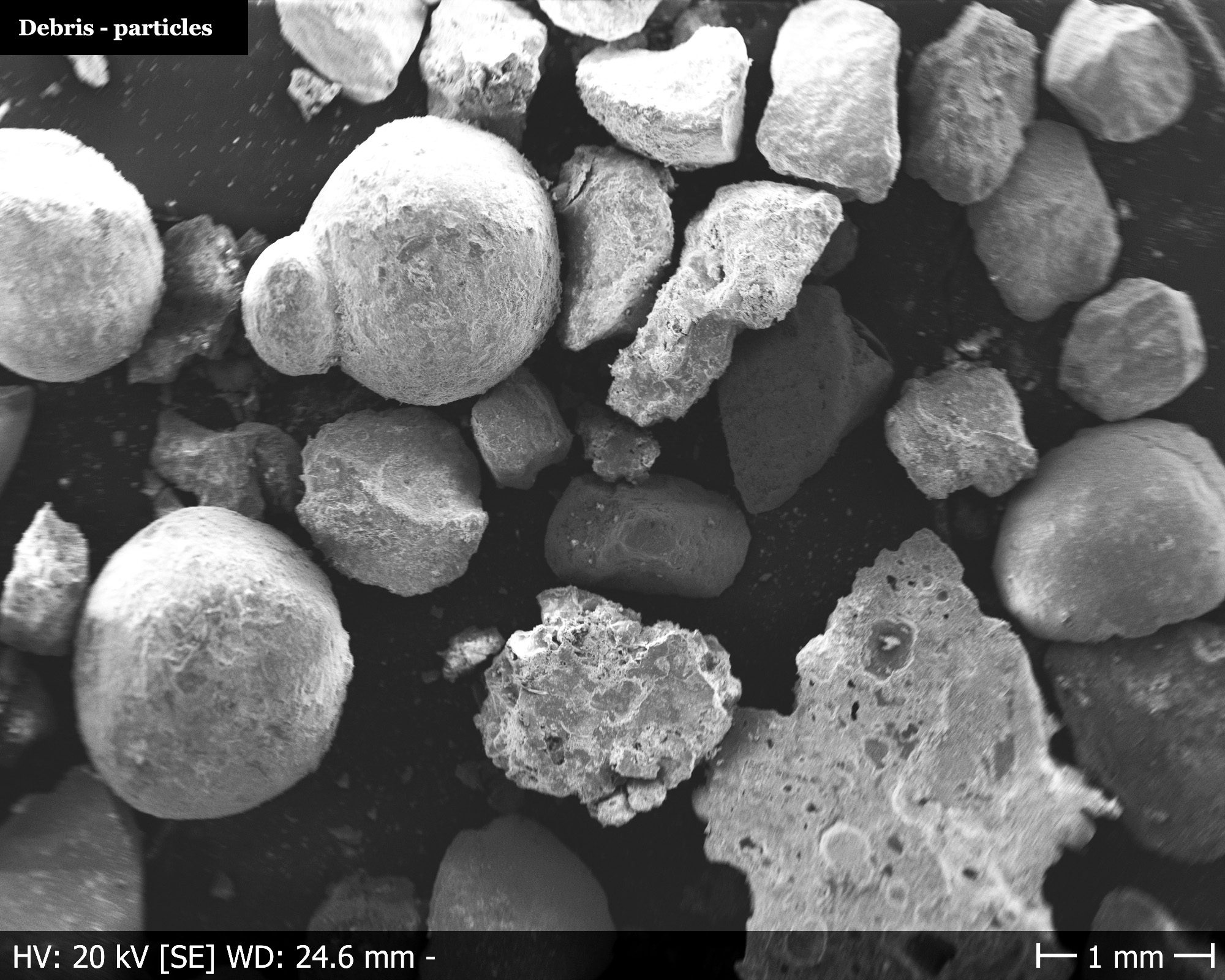
Reduce risk and maintain compliance with our specialist risk management services.
We’re proud to be a leading provider of complete life cycle risk management solutions. From ensuring asset safety and legal compliance with our thorough engineering inspections to driving operational efficiency with our specialist non-destructive testing services, (and much more in between), we’re proud of the long-lasting partnerships we have formed with our customers over the last 160 years, based on the value of our solutions.
Sector
Food Manufacturing
Location
West Midlands
Services
Failure Investigation
Corrosion Testing
From Clean to Corroded: How a cleaning agent triggered corrosion within a food manufacturing company
Project Overview
In the bustling world of food manufacturing, ensuring the safety and quality of products is paramount. However, there’s a lurking threat that often goes unnoticed until it’s too late: corrosion caused by cleaning agents in food tanks. This seemingly innocuous issue can have far-reaching consequences that jeopardise not only food safety but also a company’s reputation and financial stability.
Our customer, a top UK manufacturer of casings and skins for sausage-making and meat products, has recently experienced corrosion damage within their pressure vessel. They suspected a cleaning agent they had been using had caused the damage, despite using the cleaning agent according to the manufacturer’s instructions.
Find out more about our Failure Investigation servicesThe Challenge
Our customer needed to determine the cause and nature of corrosion present within their food production pressure vessel. We needed to provide a thorough analysis within a crucial timescale so that the customer could understand the extent of the damage, allowing them to make necessary improvements to their production and cleaning processes.
If a cleaning agent causes corrosion in a food manufacturing tank, it can lead to several significant consequences such as:
- Contamination of food products: metal ions and other contaminants could be released into the food, posing health risks if consumed.
- Quality issues: Corrosion can affect the taste, appearance, or texture of food. This could lead to customer dissatisfaction and potentially damage the reputation of the food manufacturer.
- Compliance concerns: Food manufacturers need to follow strict regulations and standards for food safety and hygiene. The presence of corrosion may result in non-compliance, leading to regulatory sanctions, fines, or shutdowns of the facility.
- Operational disruptions: Corrosion issues with food manufacturing equipment can disrupt production. The vessel may need to be taken offline for inspection, repair or replacement, resulting in production delays and impacting supply of the product.
The Solution
We received two samples to our laboratory for analysis, which were sectioned at various locations for comparison. Our team of technologists carried out a full investigation, which includes:
- Visual inspection to understand the severity of the corrosion
- Hardness testing and chemical analysis to verify the material of the vessel
- SEM Fractography & EDS analysis to assess the corrosion damage at microscopic levels
- Metallographic examinations to evaluate the microstructure of the material
The Results
Our failure investigation found two failure mechanisms within the material; stress corrosion cracking associated with the weld area, and a chemical attack over the entire surface of the samples, likely from the cleaning agent containing Sodium Hypochlorite (bleach) and Sodium Hydroxide (a strong alkali).
- The most severely corroded areas displayed extensive cavities filled with oxide deposits. These corrosion pits were linked to sub-surface holes and fissures within the material. The weld area also exhibited significant corrosion damage, likely due to the presence of Sodium Hydroxide and Chlorine from the cleaning agent. Stress corrosion cracking was observed around the welding joint, possibly caused by residual stress from the welding process and worsened by the cleaning agent.
- The areas with minor corrosion damage indicated that corrosive attacks were limited to the corrosion pits only, with no surface cracking or cavities visible. Hardness testing and chemical analysis confirmed that the samples were made of austenitic stainless steel.
- SEM analysis revealed high concentrations of chlorine across the entire surface of both samples, with the deepest pitted areas showing the highest levels.
Chlorine is a known promoter of corrosion, particularly in stainless steels. Elevated levels of Chlorine can lead to accelerated corrosion, and the evaporation of the cleaning agent with high Chlorine content can further speed up the corrosion process. In addition to Chlorine (present in this case as Sodium Hypochlorite, or commonly referred to as bleach), Sodium Hydroxide is also known to promote corrosion in stainless steels.
The combination of Chlorine and Sodium Hydroxide in the heat-affected zone, such as the welded joint in this scenario, acts as a catalyst for aggressive corrosion of the metal.
Find out more about our Failure Investigation servicesKey outcomes
Understanding of corrosion mechanisms
gave insight into two key failure mechanisms; stress corrosion cracking and a widespread chemical attack.
Identified cause of corrosion
as the cleaning agent, containing bleach and Sodium Hydroxide, accelerating the corrosion rate.
Recommendations for prevention
included revising the cleaning protocols, selecting different cleaning agents, to prevent future corrosion.
Related services
Failure Investigations
Corrosion Testing
Contact us today
Related Case Studies
View All Case Studies
Bolt Failure Causes Factory Fire: Failure Analysis Identifies Root Cause
Read more.
BES Group Enhances Midlands’ Traffic Safety with Failure Investigations
Read more.



